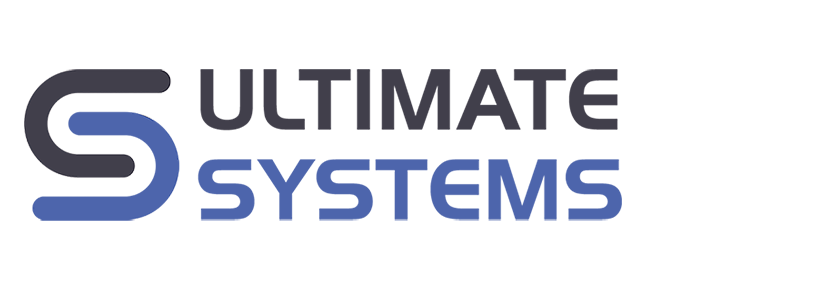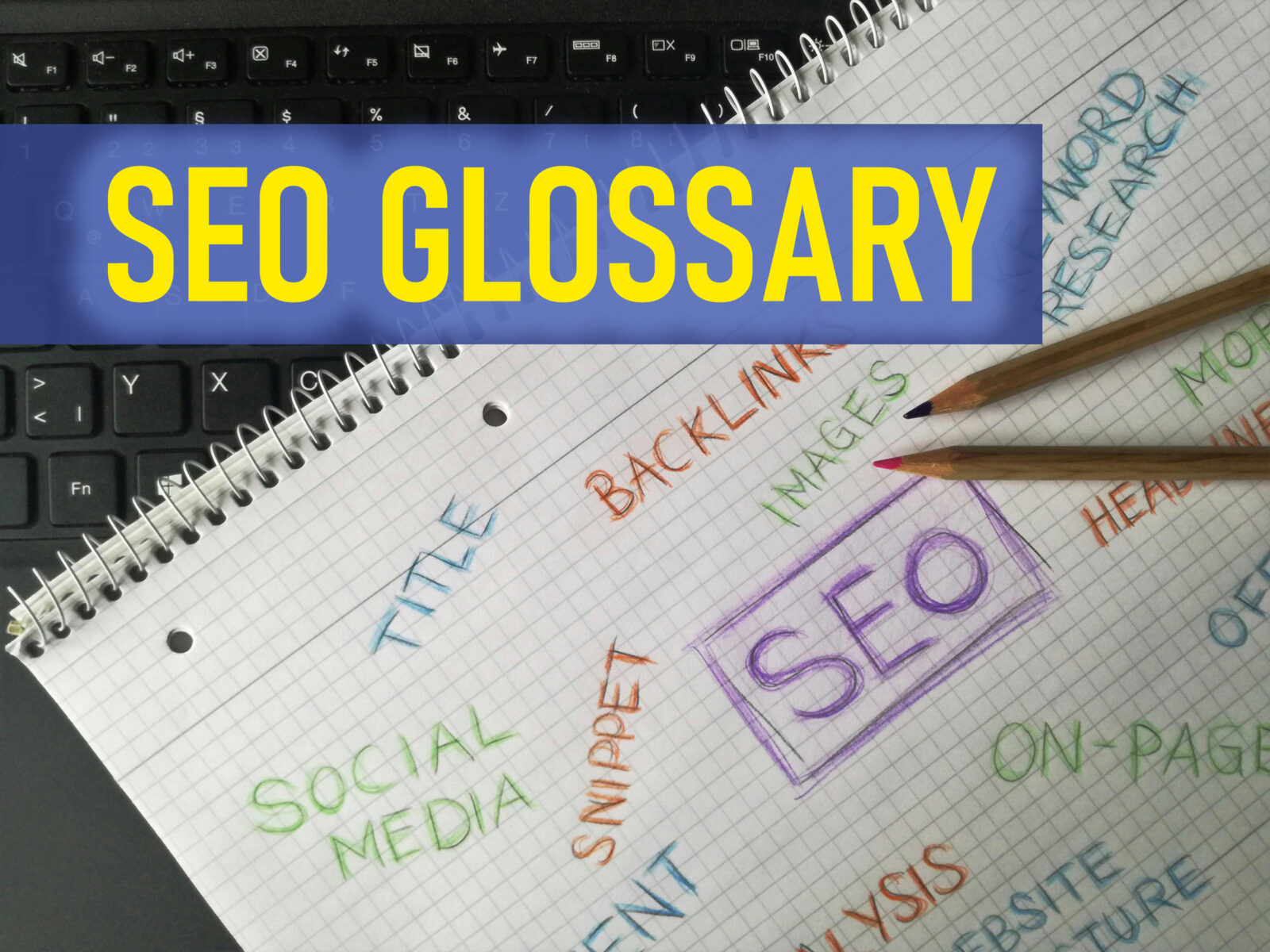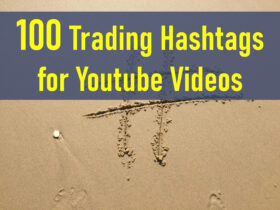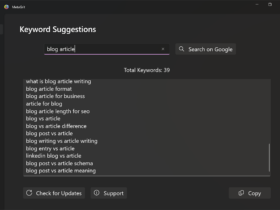Unlock the mysteries of SEO jargon and elevate your digital marketing game!
Introduction
In the ever-evolving digital landscape, Search Engine Optimization (SEO) remains a cornerstone for online success. Yet, the sea of technical terms and acronyms can feel overwhelming. Fear not! This comprehensive SEO glossary demystifies the jargon, equipping you with the knowledge to navigate the SEO world confidently.
A
Algorithm
An algorithm is a complex set of rules and calculations that search engines use to retrieve data and deliver relevant results for a query. Understanding algorithms helps marketers optimize content to rank higher in search results.
Alt Text (Alternative Text)
Alt text is a brief description added to an image’s HTML tag. It helps search engines understand image content and improves accessibility for visually impaired users.
Anchor Text
Anchor text is the clickable text in a hyperlink. Using relevant anchor text enhances SEO and user experience by providing context about the linked page.
B
Backlinks
Backlinks are incoming links from other websites to your site. They signal to search engines that your content is valuable and authoritative, boosting your site’s ranking.
Black Hat SEO
Black Hat SEO refers to unethical practices aimed at improving search rankings quickly. These tactics violate search engine guidelines and can result in severe penalties.
Bounce Rate
Bounce rate is the percentage of visitors who leave a website after viewing only one page. A high bounce rate may indicate irrelevant content or poor user experience.
C
Canonical URL
A canonical URL is the preferred version of multiple URLs with identical or similar content. It helps prevent duplicate content issues and consolidates link equity.
CTR (Click-Through Rate)
CTR is the ratio of users who click on a specific link to the number of total users who view a page or email. A higher CTR indicates effective content and meta descriptions.
CMS (Content Management System)
A CMS is software that allows users to create, manage, and modify content on a website without specialized technical knowledge. Examples include WordPress and Joomla.
D
Domain Authority (DA)
Domain Authority is a metric developed by Moz that predicts how well a website will rank on search engine result pages (SERPs). Scores range from 1 to 100; higher scores indicate a greater ability to rank.
Duplicate Content
Duplicate content refers to substantial blocks of content that appear on multiple pages or websites. It can confuse search engines and dilute link equity.
E
E-A-T (Expertise, Authoritativeness, Trustworthiness)
E-A-T is a concept from Google’s Search Quality Guidelines, emphasizing the importance of high-quality content authored by experts in their field.
External Links
External links are hyperlinks that point from one domain to another. Linking to reputable external sources can improve your site’s credibility.
F
Featured Snippets
Featured snippets are selected search results that appear at the top of Google’s organic results, aiming to answer the user’s query immediately.
G
Google Analytics
Google Analytics is a free tool that provides insights into website traffic and user behavior, helping marketers make data-driven decisions.
Google Search Console
Google Search Console is a free service that allows you to monitor, maintain, and troubleshoot your site’s presence in Google Search results.
H
Header Tags (H1, H2, H3…)
Header tags are HTML elements used to define headings and subheadings on a webpage. They improve content structure and SEO.
HTML (HyperText Markup Language)
HTML is the standard markup language for creating web pages. Understanding HTML helps optimize on-page SEO elements.
I
Indexing
Indexing is the process by which search engines organize and store web pages for retrieval in search results.
Internal Links
Internal links connect one page of a website to another page on the same site, aiding in navigation and distributing link equity.
K
Keyword
Keywords are words or phrases that users enter into search engines. Incorporating relevant keywords into content helps improve search rankings.
Keyword Density
Keyword density refers to the percentage of times a keyword appears on a page compared to the total word count. Overusing keywords can lead to penalties.
L
Landing Page
A landing page is a standalone web page designed specifically for a marketing or advertising campaign. It encourages visitors to take a specific action.
Link Building
Link building is the process of acquiring hyperlinks from other websites to your own, essential for improving domain authority and SEO.
Long-Tail Keywords
Long-tail keywords are longer, more specific keyword phrases. They often have lower search volumes but higher conversion rates.
M
Meta Description
A meta description is a brief summary of a webpage’s content, appearing under the title in search results. It influences click-through rates.
Mobile Optimization
Mobile optimization ensures that visitors accessing your site from mobile devices have an optimal experience, which is crucial for SEO.
N
NoFollow Link
A NoFollow link is a hyperlink that contains a rel="nofollow" attribute. It tells search engines not to pass link equity to the linked page.
O
Organic Traffic
Organic traffic refers to visitors who arrive at your website through unpaid search results.
P
Page Authority (PA)
Page Authority predicts how well a specific page will rank on search engines. It’s a score ranging from 1 to 100.
Page Speed
Page speed is the time it takes for a webpage to load completely. Faster pages offer better user experience and can improve SEO rankings.
PPC (Pay-Per-Click)
PPC is an advertising model where advertisers pay a fee each time their ad is clicked. It’s a way to buy visits to your site.
R
Robots.txt
Robots.txt is a file that tells search engine crawlers which pages or files they can or cannot request from your site.
S
Schema Markup
Schema markup is code added to your website to help search engines return more informative results for users.
SEM (Search Engine Marketing)
SEM is a form of internet marketing that involves promoting websites by increasing their visibility in search engine results pages, primarily through paid advertising.
SERP (Search Engine Results Page)
SERP is the page displayed by search engines in response to a user’s query.
Sitemap
A sitemap is a file where you provide information about the pages, videos, and other files on your site and their relationships.
SSL Certificate
An SSL certificate encrypts data transferred between the user’s browser and the website, enhancing security and potentially improving SEO.
T
Title Tag
A title tag is an HTML element that specifies the title of a webpage. It’s displayed on SERPs as the clickable headline.
U
URL (Uniform Resource Locator)
A URL is the address of a webpage. Clean, descriptive URLs can improve SEO.
User Experience (UX)
UX refers to a user’s overall experience when interacting with a website, crucial for retaining visitors and improving SEO metrics.
W
White Hat SEO
White Hat SEO involves using optimization strategies that align with search engine guidelines, focusing on a human audience.
Conclusion
Mastering SEO terminology is a significant step toward optimizing your website and enhancing your digital marketing efforts. Keep this glossary handy as you navigate the complex but rewarding world of SEO. Remember, staying informed is the key to staying ahead!
Unlock Your SEO Success with MetaGrit’s Free Tool
Put your new SEO knowledge into action. Try MetaGrit Free SEO Tool and elevate your website’s performance now!






Leave a Reply